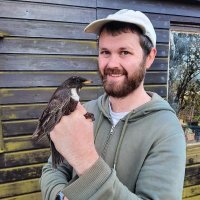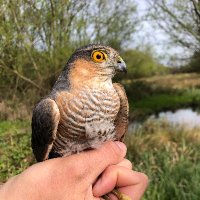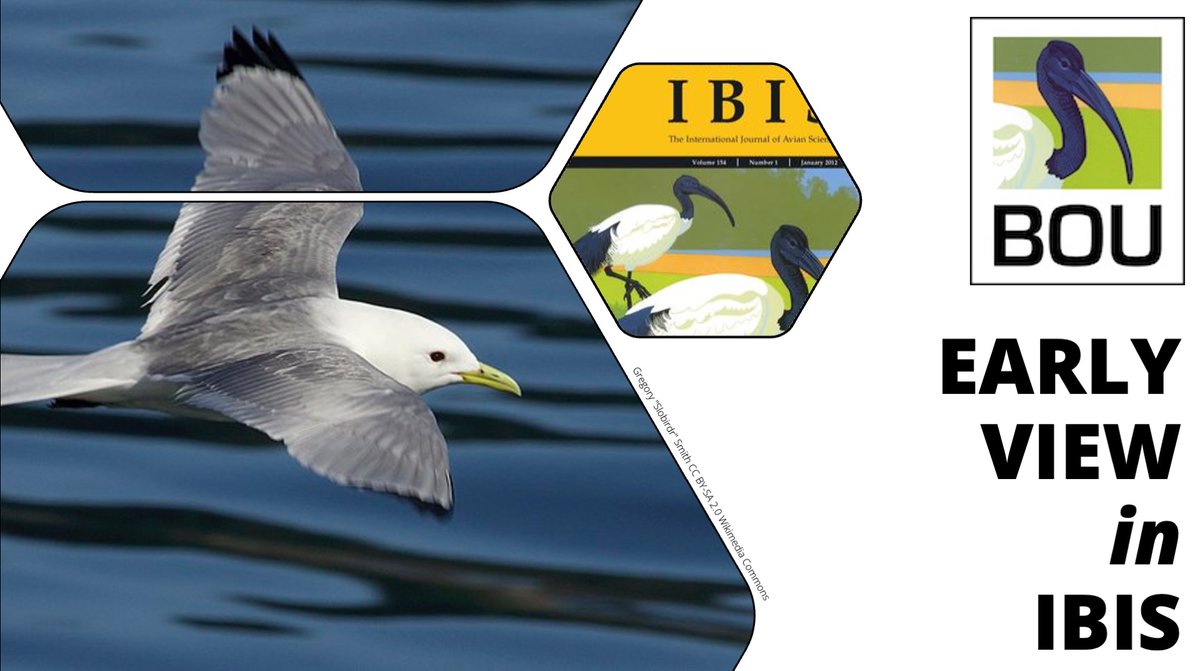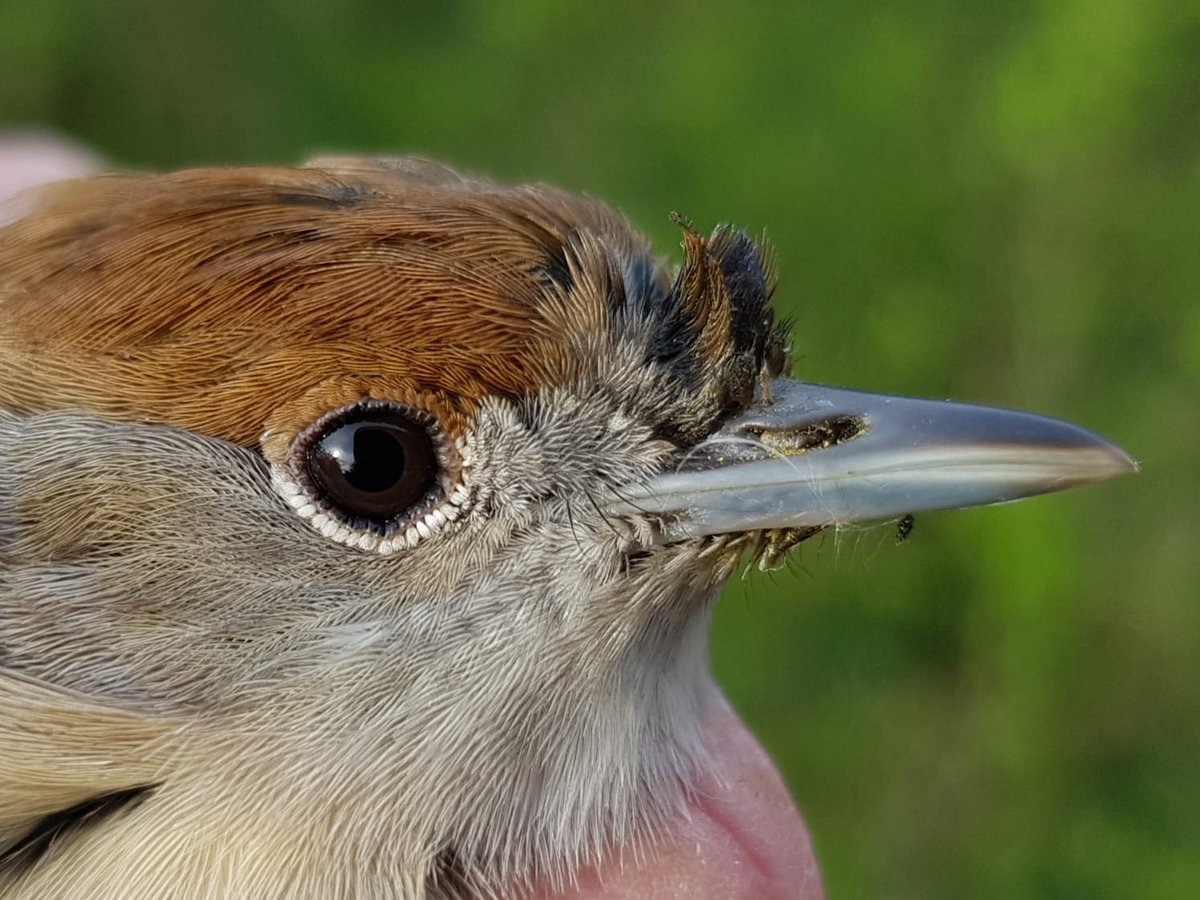
Joe Wynn
@joewynn_birds
Used to DPhil at @OxfordBiology, then post-doc'd at the @ifv_whv, now an 1851/tenure-track fellow at Liverpool. Manc, birder, Liverpool FC. He/him.
ID: 1188060965461475328
26-10-2019 11:53:14
165 Tweet
409 Followers
159 Following



Very pleased to see this out! A throwback to that covid-ridden summer trying to prevent the laptop overheating. Worth a look if you’re keen on #migration and how it’s changing with climate 👀 well done again to Patrick Lewin on a great 1st first-author paper, was a pleasure ☺️


EARLY VIEW in BOU 👩🏻🏫👨🏿🏫🧕🏽👳🏽♂️ 🌈 Using citizen science image analysis to measure seabird phenology | onlinelibrary.wiley.com/doi/abs/10.111… @animal__alice et al | #ornithology





Out today! Two papers on #migratory #insects as part of The Royal Society PhilTrans issue about #insect monitoring methods (royalsocietypublishing.org/toc/rstb/curre…) Monitoring insect #biodiversity using #radar: doi.org/10.1098/rstb.2… Diel timing of insect migration: doi.org/10.1098/rstb.2…



Check out our latest review in J. of Avian Biology ! Regulatory basis of migratory behaviour: different paths to similar outcomes. nsojournals.onlinelibrary.wiley.com/doi/pdfdirect/… Thoughts that have been hovering above our heads for several years given our results in our phylloscopus system.

I am so happy to see this work finally out! By compiling existing data we were able to quantify bird/tick species interactions for migratory birds across the Western Palearctic flyways. Thank you so much to Lars Burnus Joe Wynn and @GenMig 😍🎉 nsojournals.onlinelibrary.wiley.com/doi/full/10.11…








